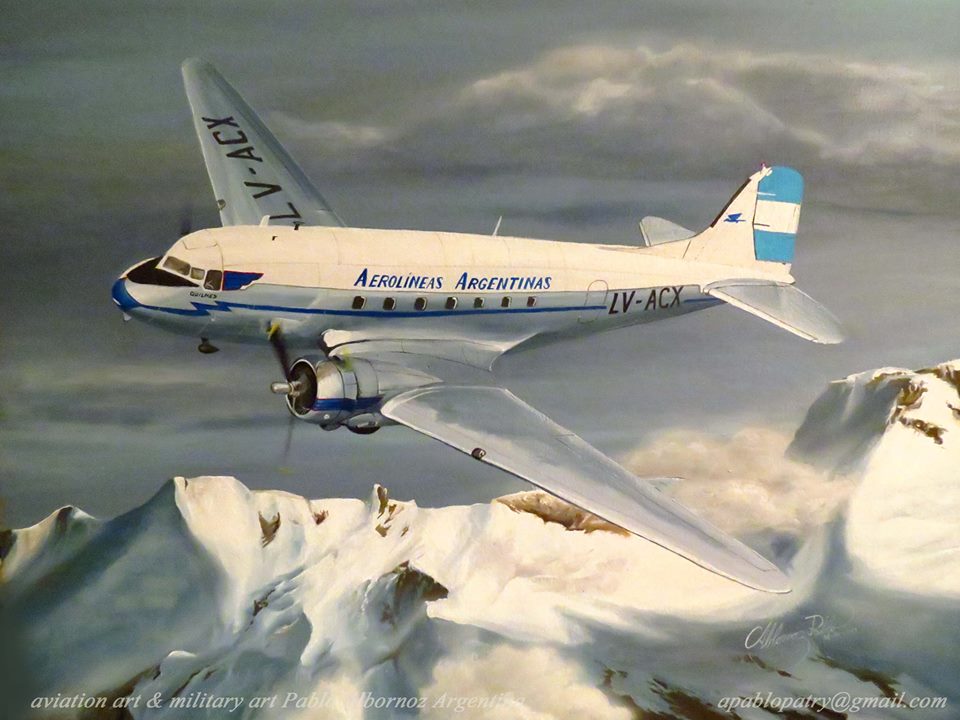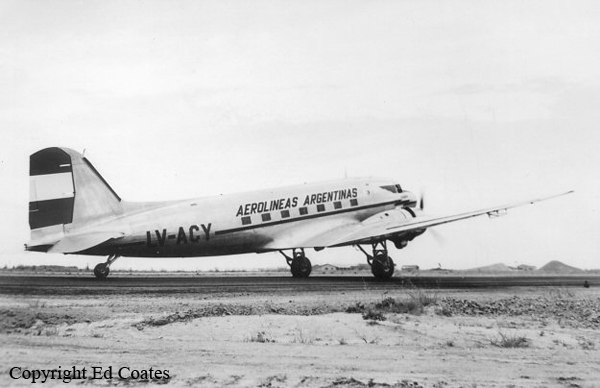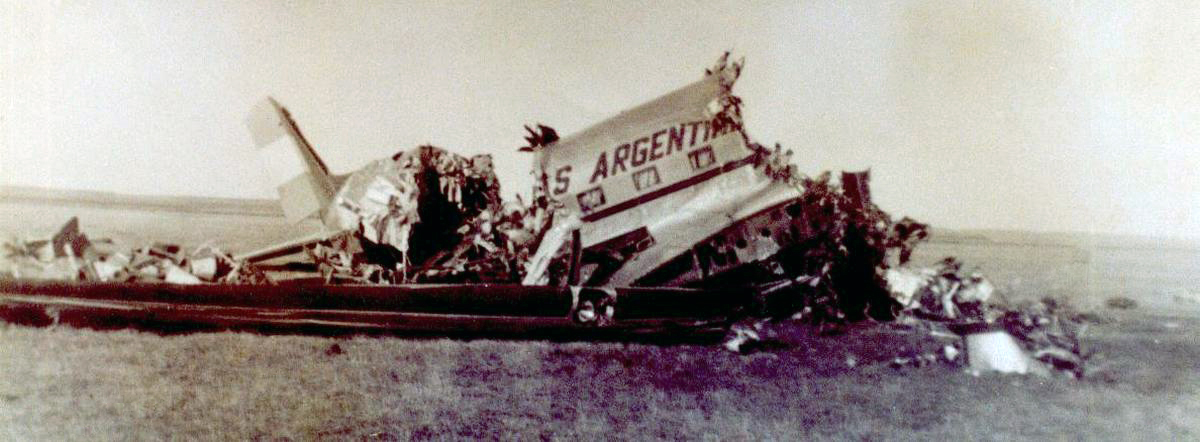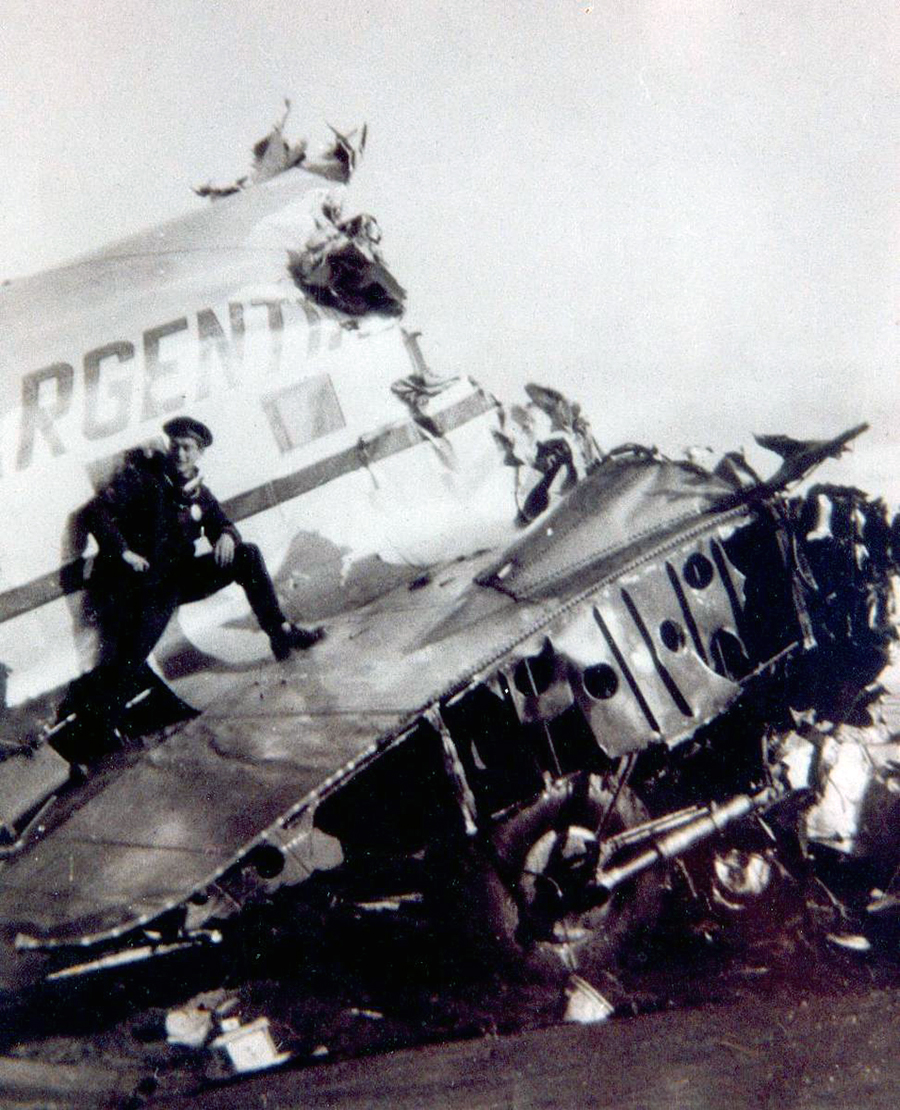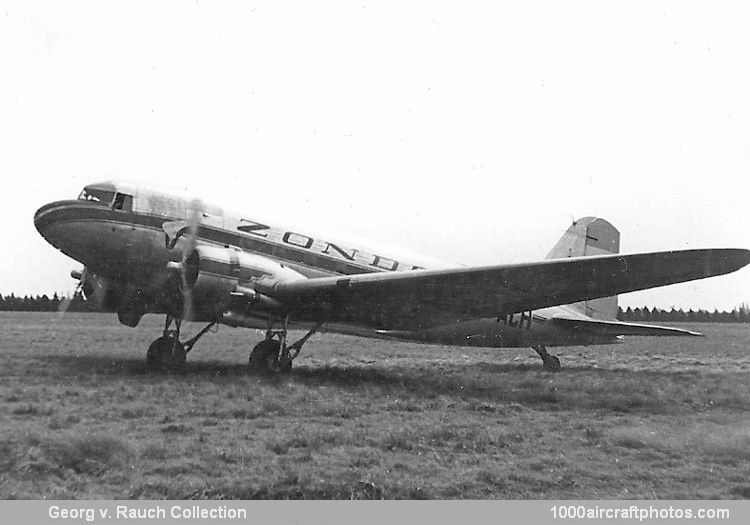Crash of a Douglas C-47A-5-DK near Amaná: 25 killed
Date & Time:
Apr 23, 1954 at 2130 LT
Registration:
LV-ACX
Survivors:
No
Schedule:
Mendoza – Córdoba
MSN:
12387
YOM:
1944
Crew on board:
4
Crew fatalities:
Pax on board:
21
Pax fatalities:
Other fatalities:
Total fatalities:
25
Circumstances:
The aircraft, engaged on a scheduled flight between Mendoza and Córdoba, left Mendoza-El Plumerillo Airport at 1847LT with a crew of 4 and 21 passengers on board. At 2026LT the crew reported that he was diverting to La Rioja Airport as it was impossible to approach Córdoba due to poor weather conditions with heavy turbulences. At 2125Lt the crew reported to ATC about an ETA at La Rioja at 2140LT. Shortly later, the aircraft hit the slope of a mountain located in the Sierra de Vilgo, near the village of Amaná. The wreckage was found three days later and all 25 occupants have been killed.
Probable cause:
For reasons which could not be determined the aircraft deviated from the prescribed route and followed a course which led it to crash in mountainous terrain. A contributing factor was the pilot-in-command's decision to descend below the minimum altitude specified for weather conditions requiring an instrument approach, contrary to the provisions of the Airline Operations Manual. A probable contributing factor was the probable fatigue of the aircraft crew.
Final Report:
